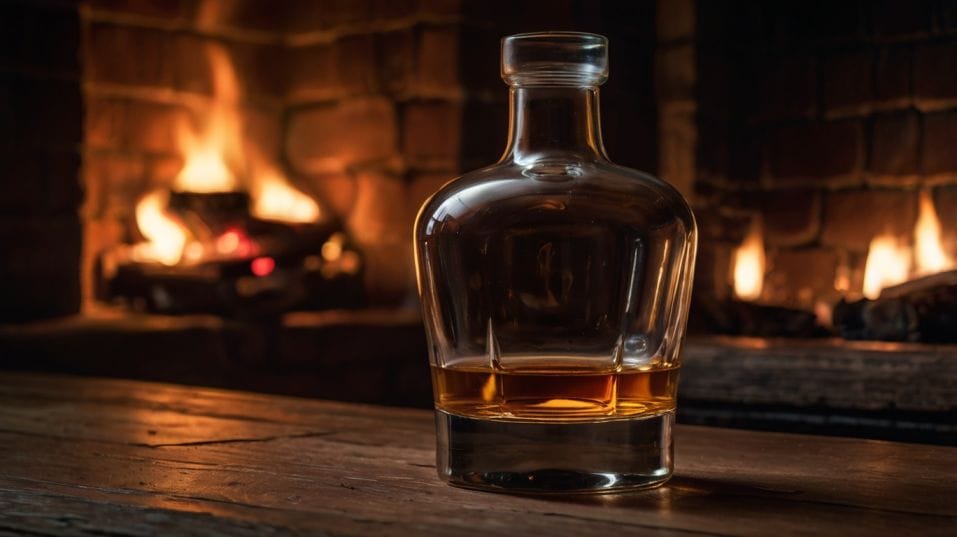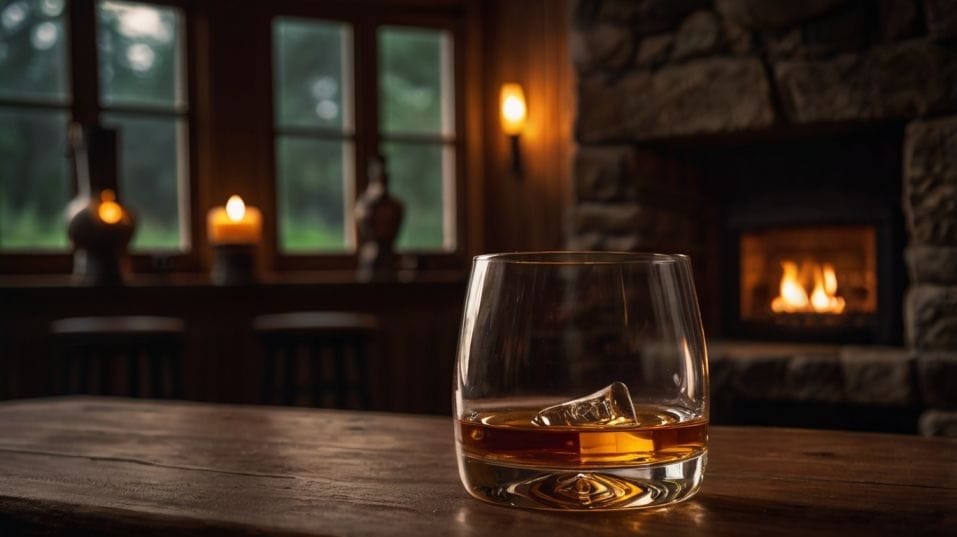Why Aerators Are Useless for Whiskey
Whiskey beginners: skip the aerator. Learn why trusting your senses—not gadgets—is the key to tasting, learning, and collecting with confidence.

Think an aerator will make your whiskey taste better? Think again. If you're just starting out, it's tempting to chase gadgets that promise smoother sips.
But whiskey isn't wine—and adding a device between you and your glass can actually dull your senses. The truth?
Aerators don’t enhance flavor, they interrupt the experience. Want to get serious about whiskey? You’ll need patience, not plastic. Let’s explore why trusting your palate beats any gimmick.
Whiskey Isn’t Wine—Stop Treating It Like It Is
One of the most common beginner mistakes is borrowing habits from wine. In the wine world, aeration often makes a real difference.
Red wines, especially younger ones, can benefit from exposure to oxygen, which softens tannins and releases layered aromas. That’s valid—for wine.
Whiskey is a different beast. It’s already been aged for years, slowly oxidizing in a barrel built for interaction with air. When it’s finally bottled, it’s not “closed off.”
It’s been shaped, matured, and stabilized. What you’re tasting is the finished product of a controlled, deliberate aging process—not a young wine that needs mellowing.
So when someone suggests you use a whiskey aerator, what they’re really doing is confusing categories.
They're treating whiskey like a bottle of pinot noir that just needs to "open up." But whiskey doesn't need to breathe through a gadget—it needs to be understood.

What Actually Happens When You Aerate Whiskey?
Here’s the uncomfortable truth most aerator companies won’t tell you: rapid aeration can dull a whiskey’s flavor, not enhance it.
Pouring whiskey through an aerator agitates it quickly, forcing interaction with air in a way that strips away delicate volatile compounds—especially esters and aldehydes that give whiskey its most interesting aromas.
When you blast whiskey through a plastic funnel, you’re not unlocking its secrets. You’re flattening its complexity.
Now compare that with what happens when you pour whiskey into a proper tasting glass and give it a minute or two to settle.
You’re allowing time—not force—to reveal what’s there. Those rising aromas are layered. Some are sharp, others sweet, some vegetal, some earthy.
They evolve naturally as your whiskey warms slightly and interacts with the ambient air. No gadget required.
Shortcuts Kill the Learning Curve
Aerators are popular because they feed into a dangerous mindset: that you can bypass experience with accessories.
But whiskey appreciation isn’t a checklist or a quick hack. It’s a slow build. A learned rhythm. You get better by paying attention, not by buying more gear.
When you rely on an aerator, you’re training yourself not to notice things. You’re outsourcing the very part of the experience that sharpens your senses and deepens your palate. You’re turning flavor into a tech process, rather than an intuitive craft.
Here’s the truth: the real work of whiskey appreciation happens in your brain, your nose, your tongue. It’s personal.
You figure out what you like by engaging with the liquid—straight from the bottle, into a clean glass, and through your own perception.
Your Glassware Matters More Than Any Gadget
Want to “unlock” your whiskey? Use a better glass. A Glencairn or a tulip-shaped tasting glass concentrates aromas and directs them to your nose in a way a tumbler or wide-mouthed rocks glass can’t.
That’s a meaningful upgrade. It teaches you to smell before you sip. It forces you to notice subtleties: citrus, oak, caramel, spice, leather, peat.
And unlike an aerator, a good glass doesn’t interfere with the whiskey. It just sets the stage and gets out of the way.
Other Habits That Actually Help
Other habits matter, too. Temperature. Time in the glass. A few drops of water added with intention. Revisiting a bottle after it’s been open a few weeks. These are real techniques. They teach you more than any mechanical contraption ever will.
Taste Like You Mean It
If you’re serious about whiskey—really serious, not just collecting bottles for the shelf—you have to give the whiskey your attention. Not your gadgets. Attention is the tool. Curiosity is the method. Everything else is background noise.
Try pouring the same whiskey three different ways: neat in a Glencairn, with a few drops of water, and over a single ice cube. Take your time with each.
Write down what you notice. Don’t chase tasting notes you saw online—chase what you actually taste. That’s how you build a real relationship with what’s in your glass.
Aerators can’t help you with that. In fact, they get in the way. They create a barrier between you and your own taste memory. They say, “trust the tool, not your senses.” And that’s the exact opposite of what whiskey is about.
Final Thoughts
Aerators don’t help you enjoy whiskey—they help you avoid it. They turn an intentional, sensory experience into a performative one.
If you're here to actually taste, learn, and collect with purpose, you don't need tech tricks or trendy tools. You need patience, attention, and the willingness to put your nose in the glass and do the work.
So ditch the gimmicks. Trust your palate. Use a proper glass. Take your time with each pour. That’s how you get better. That’s how you enjoy whiskey with confidence.
Try this tonight: pick a bottle you like—or think you like—and revisit it without any tools. Pour neat. Smell long. Sip slow. Let it sit. See what changes. That’s real whiskey education. No aerator needed.




